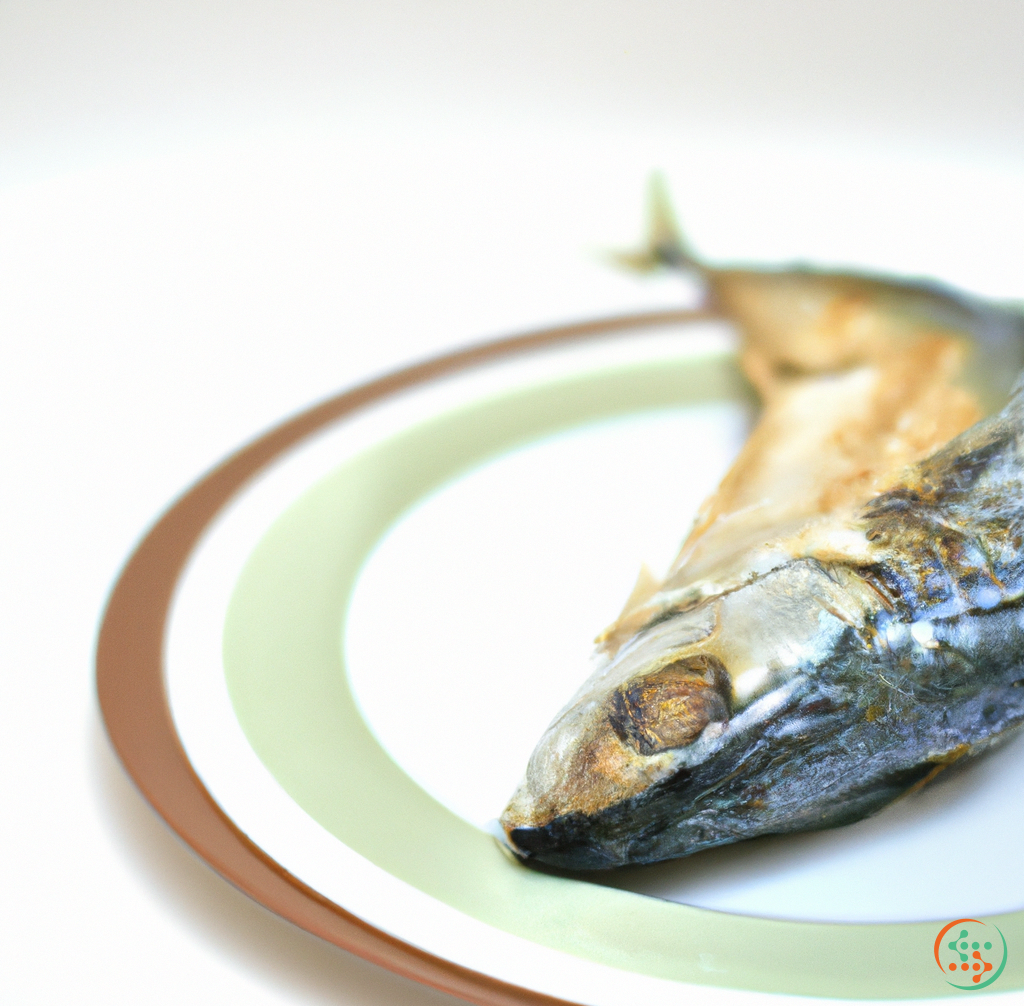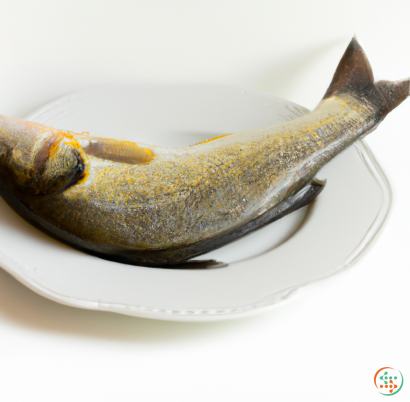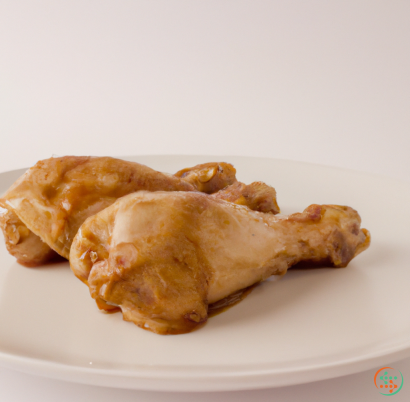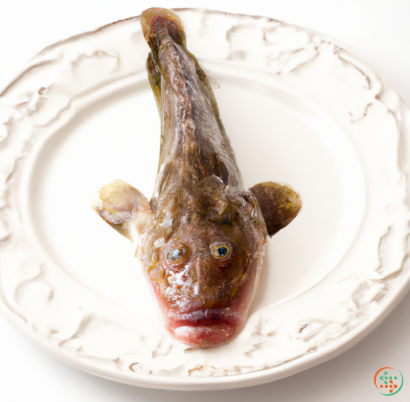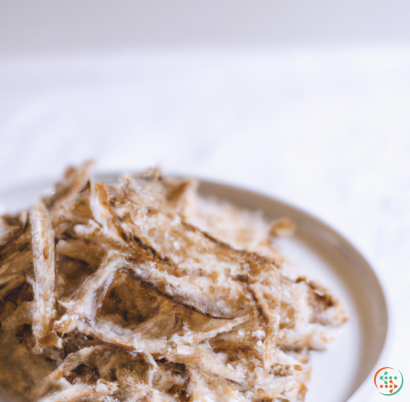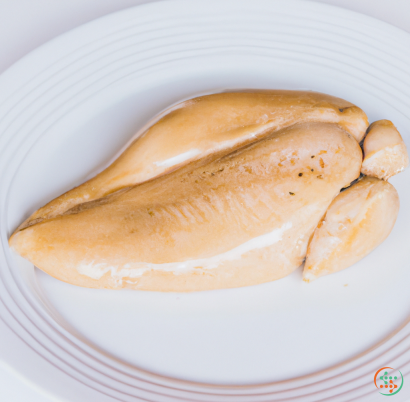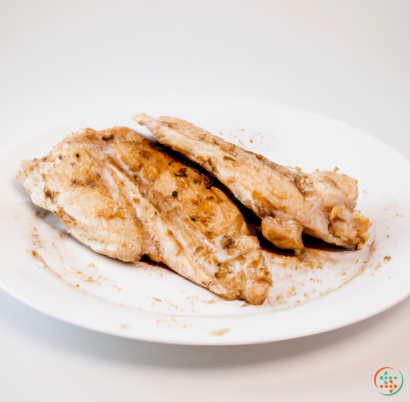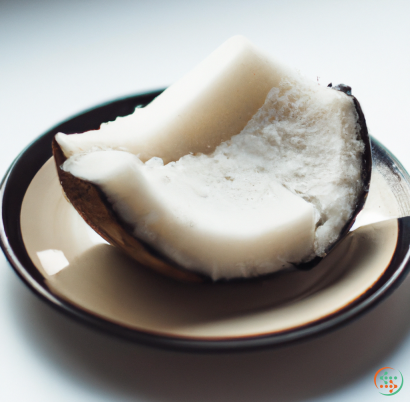Milkfish
A milkfish is a species of fish that many might not recognize right away, but is a truly interesting fish. This species, also known as Chanos chanos, is native to and widely distributed throughout the freshwater and marine waters of tropical and subtropical regions of the Indo-Pacific region, including the Red and Andaman Seas, the Persian Gulf, and the Gulf of Thailand. The milkfish is generally referred to as "an innkeeper of the sea" due to its unique life cycle which involves both freshwater and saltwater distinct migrations.
The milkfish is characterized by several physical traits which set it apart from other species. It has a long, slender body with a large head, a pointed mouth, small scales, and a distinct white lateral line. Its body is silver to gray in color and can reach up to 36 inches in length. Milkfish are a fast-growing species of fish, with some growing up to a foot in length in a year. They feed primarily on zooplankton and small animal life found in the rivers, estuaries, and coastal areas where they make their home.
Due to their ability to thrive in many types of environments, milkfish have become a popular commercial species throughout their range. The traditional method of catching this fish is by using a net, though they can also be caught using lines and traps when they are found in schools. There are now many commercial fishing operations located along the coasts of Southeast Asia which specialize in catching milkfish.
Milkfish also have a long history as a food source in many parts of the world, especially in their native regions. The fresh, lightly salted, or smoked fillets are popular ingredients in many dishes such as stews, curries, and salads. They are also commonly used as a protein source in many nutritional supplements. It is even thought that the milkfish has been used by people since ancient times, though it has only recently gained popularity in many parts of the world due to its mild flavor and nutritional value.
To cultivate the milkfish, artificial ponds are typically used. These ponds are placed in low lying areas near estuaries and bays where the water temperature is typically around 28-32 degrees Celsius. Fertilized eggs typically hatch in less than two days and the fry are ready for harvesting within two to three months. To ensure optimal spawning conditions and maximize the yield, the farmers must carefully manage the pond environment by oxygenating the water, adding fertilizers, controlling predator populations, and regulate salinity levels.
Farm raised milkfish are typically used for direct consumption, further processed products such as canned and frozen goods, or for fish cakes and tarts. The value of farmed milkfish has seen an increase over recent years due to its ease of farming and other factors like disease resistance. This fish is now being exported to many parts of the world where it is appreciated as a reliable source of quality protein.
Milkfish is a truly fascinating species and its ability to thrive in many types of environments makes it a great choice for aquaculture production. With its mild flavor and nutritional value, it is easy to see why the milkfish has become popular in many parts of the world. It is a species worth exploring and learning more about, whether you’re an aquaculturist, a fisherman, a chef, or simply a fish lover.
The Milkfish Journey: How Milkfish Go From Pond to Plate
Fish is one of the most common and beloved seafoods in the world. From cod to tuna and salmon, there are hundreds of fish varieties ranging in flavor, seasonality, and even availability. However, of all these delicious fishes, the Milkfish stands out as a lesser-known, but equally delicious and economical delicacy.
So, how does the Milkfish make its journey from pond to plate? As it turns out, the production of Milkfish is a complex process, beginning with the Milkfish’s spawning and ending with their arrival to the seafood market. Let’s look at every step of the Milkfish journey and get to know it better.
The Spawning and Nursery Environment of Milkfish
Before they arrive at your dinner plate, adult Milkfish begin their life-cycle here in the spawning grounds. This process begins with the spawning - or the purposeful release of eggs and sperm into the water - of mature, female Milkfish that have spent the first part of their life in the ocean. As a result of this spawning process, eggs are released that are capable of hatching under the proper conditions, such as specific degrees of temperature and salinity, or salt concentration in the water.
Once the eggs have hatched, the tiny, transparent larvae must find their way to a suitable nursery environment. These nurseries are found in shallow, bays, estuaries, river mouths, and occasionally even in mangrove forests. This is the best environment for the Milkfish fry, as the warm water, rich supplies of nutrients, and delicate and numerous scientific ecosystems combine to make an ideal habitat for the fry.
Typically, the nurseries chosen by the Milkfish fry are dangerous waters, low in oxygen, filled with predators and competitors. However, it is here that the fry are able to grow and adapt to their surroundings, becoming stronger and better able to survive as they transition into adult Milkfish.
After several months of maturing, the adult Milkfish will begin to travel out of their nursery habitat in search of different food sources, better environmental conditions and a feeling of safety within their population. They will face numerous challenges and will have to contend with predators, changes in water temperatures, seasonal fluctuations, etc.
Once the adult Milkfish relocate, they are ready to reproduce and spawn their eggs, thus completing their journey in the wild and starting their journey to the dinner plate.
Milkfish Farms and Fishing Methods
Once the Milkfish have relocated, the process of getting them onto dinner plates is split between fish farms, also known as ponds, and a variety of fishing methods.
Firstly, fish farms are permanent installations where Milkfish are bred and raised from eggs, or bought from fish markets, or sometimes even artificially reared. Throughout their life in the farm, the Milkfish receive quality feed, antibiotics, and other treatments to ensure their health and reduce the risk of disease.
In addition, these farms are designed to replicate the Milkfish’s natural habitat - from the diet to the water temperature and moisture. Ultimately, they provide the perfect environment to raise high-quality adult Milkfish, perfectly adapted to their new home. Once they are adult, the Milkfish are then harvested (either through fishing nets or with mechanical harvesting devices) and brought to market.
Milkfish can also be achieved through various fishing methods. Some fishing methods used include gillnets, seines, traps, and trolling. Milkfish are timid creatures, so harvesting them through the use of traps is the most common fishing practice. Once they have been harvested, they can be served in restaurants, sold in markets, or even packaged and frozen for future consumption.
From Pond to Plate: Processing Milkfish
Once the Milkfish arrive from the fish farms or fishing grounds, it is time for them to be processed and stored for future consumption.
First, the Milkfish are sorted into three tiers depending on their size, shape, and quality. The most common sizes are between 10 and 20 centimeters - any Milkfish smaller than this will be used in the preparation of fish meal or feed. Then, they go through the grading process and are categorized based on their color, shape, defects, and other characteristics. After the grading process has been completed, the Milkfish are ready to be properly prepared for future consumption.
Most Milkfish are packed up in plastic containers and stored in commercial ice. This helps to maintain their freshness and preserves their flavor. At this stage, some Milkfish are sold with the heads and tails on, while others are sold heads-off and with their caviar or fins removed.
Finally, the Milkfish are cooked by chefs or other cooking personnel who must properly clean and gut them before they can make it to the dinner plate.
Conclusion
There is much to learn about Milkfish and its journey from pond to plate. It began with the spawning process and continues with the journey of their fry to the nursery environment, to the adult stage, to their relocation and eventual harvest. Milkfish are then processed and prepared both in farms and through various fishing methods and finally readied to make their way onto our plate. Ultimately, understanding this process helps to expand our appreciation and respect for our sustenance and the efforts made to bring Milkfish to our tables.
| Vitamin A | 0.033 mg | |
| Vitamin B1 | 0.02 mg | |
| Vitamin B2 | 0.07 mg | |
| Vitamin B3 | 0.00826 grams | |
| Vitamin B5 | 0.87 mg | |
| Vitamin B6 | 0.49 mg | |
| Vitamin B9 | 0.018 mg | |
| Vitamin B12 | 0.00327 mg |
| Calcium | 0.065 grams |
Daily Value 1.3 g
|
| Iron | 0.41 mg |
Daily Value 0.018 g
|
| Magnesium | 0.038 grams |
Daily Value 0.4 g
|
| Phosphorus | 0.208 grams |
Daily Value 1.25 g
|
| Potassium | 0.374 grams |
Daily Value 4.7 g
|
| Sodium | 0.092 grams |
Daily Value 2.3 g
|
| Zinc | 0.00105 grams |
Daily Value 0.011 g
|
| Copper | 0.04 mg |
Daily Value 0.9 mg
|
| Manganese | 0.03 mg |
Daily Value 0.0023 g
|
| Selenium | 0.0162 mg |
Daily Value 0.055 mg
|
| Tryptophan | 0.295 grams | |
| Threonine | 1.154 grams | |
| Isoleucine | 1.213 grams | |
| Leucine | 2.139 grams | |
| Lysine | 2.417 grams | |
| Methionine | 0.779 grams | |
| Cystine | 0.282 grams | |
| Phenylalanine | 1.028 grams | |
| Tyrosine | 0.889 grams | |
| Valine | 1.356 grams | |
| Arginine | 1.575 grams | |
| Histidine | 0.775 grams | |
| Alanine | 1.592 grams | |
| Aspartic Acid | 2.695 grams | |
| Glutamic Acid | 3.929 grams | |
| Glycine | 1.263 grams | |
| Proline | 0.931 grams | |
| Serine | 1.074 grams |
| Total Sugars | 0.131141 grams |
per 100g
|
| Cholesterol | 0.07 grams |
|
| Total Sterols: | 0.07 g | |
